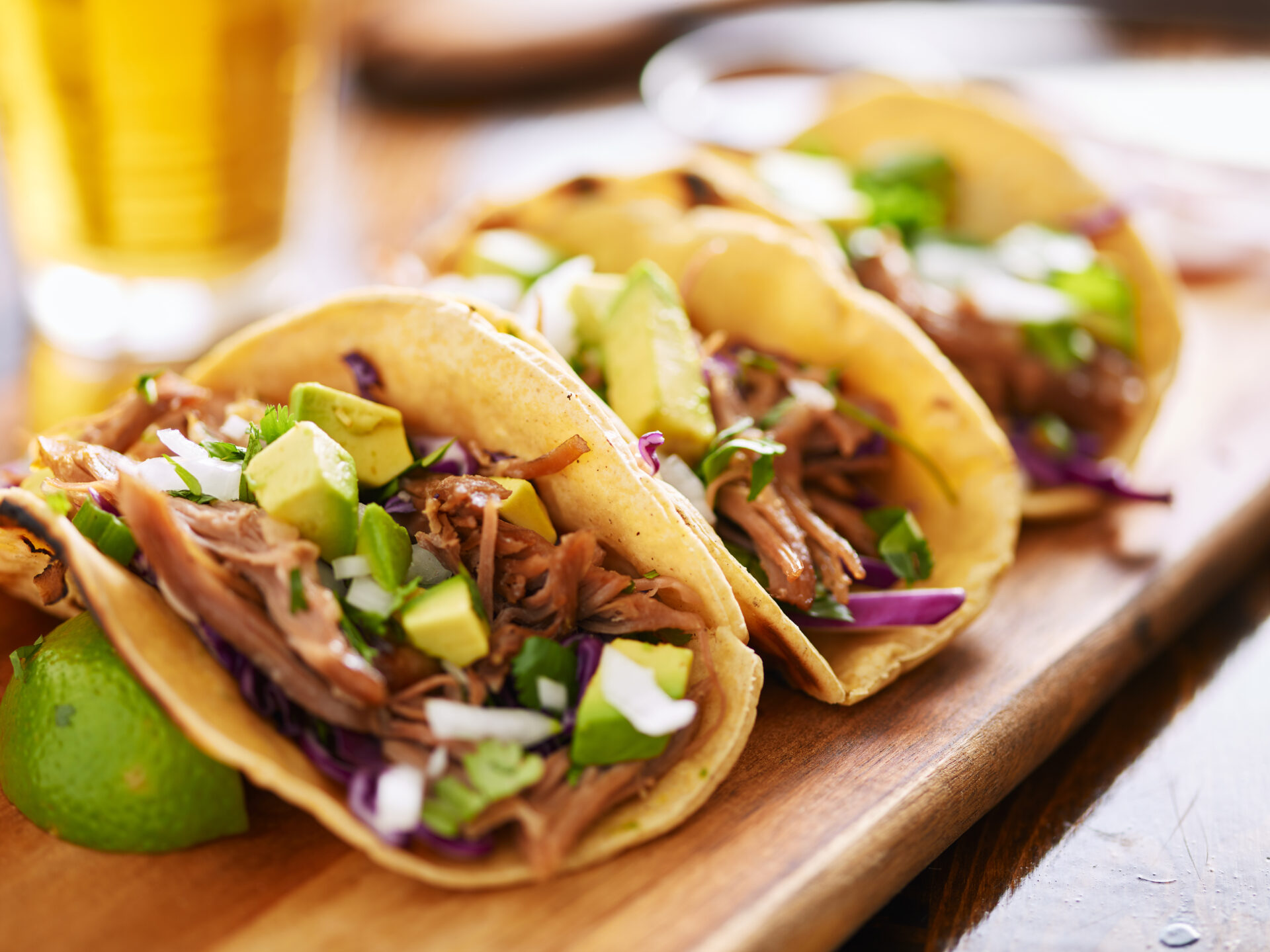Los Angeles Times food columnist Gustavo Arellano and Executive Chef Daniel Shemtob talked about the taco’s cultural roots and history in UCI Illuminations’ Conversation Kitchen event, “What’s in a Taco?” on May 11.
“People have been eating tacos for thousands of years,” Arellano, who wrote for the column “¡Ask A Mexican!” while he was an editor for the OC Weekly, said. “And no one really knows who made the name.”
There are many theories as to how the taco got its name. According to Arellano, one theory suggests that it originated in the 18th century when Mexican miners wrapped paper around dynamite powder like a “taquito,” which was known as a popular street food for the working class.
“If you ‘read’ your taco, it tells you so much about the economy and politics [of that region],” Arellano said. “Thinking about tacos makes the [eating] experience better.”
For example, Arellano explained that the meat from birria tacos has roots in Zacatecas, Mexico, and was originally made from stewed goat meat. He also explained that cochinitas tacos are originally from the Yucatan region and traditionally made with slow braised pork with annatto seeds and oranges.
Arellano stated that he has more experience in reviewing and critiquing food rather than cooking it — which he considers an advantage because he can write as an “outsider” without being “tripped up” about different ingredients.
“I do not cook. I was a spoiled Mexican son,” Arellano said. “My wife owns a restaurant. I would take her out when I was out on assignment [as a food critic].”
By contrast, as a chef, Shemtob — who is the co-founder of the award-winning food truck called “The Lime Truck — said he spent long periods of time traveling to Mexico and researching the different qualities of tacos in order to create his menu for his food truck. According to Shemtob, the key components of a taco include the protein — which could be mushrooms, chickpeas, chicken or potatoes — and the outer shell that holds the filling together.
Shemtob also said that the most important quality of a taco is the “mouth feel,” which are textural characteristics like the crunch of raw pico or the acidity of lime and chimichurri sauce. He encouraged chefs to be creative with ingredients from other cultures, such as making the outer shell with wonton wrappers and using Persian stewed meat as filling.
“A taco can be anything,” Shemtob said. “We use tortillas, jicama and wonton shells. You have to believe in your own brand.”
Guests were served potato and chicken tacos, chips and corn salad from Shemtob’s food truck.
Second-year biological sciences student Amorette, who is ethnically Mexican and asked to be identified by her first name only, said she enjoyed her culture being represented at UCI.
“I enjoyed the mix between cultures [and] the Mexican-American culture mix,” Amorette said. “I found it very insightful and, being Mexican, I enjoyed seeing people so passionate about food and culture. I love that UCI is embracing different perspectives and cultures.”
Helena San Roque is a Campus News Staff Writer. She can be reached at msanroqu@uci.edu.

